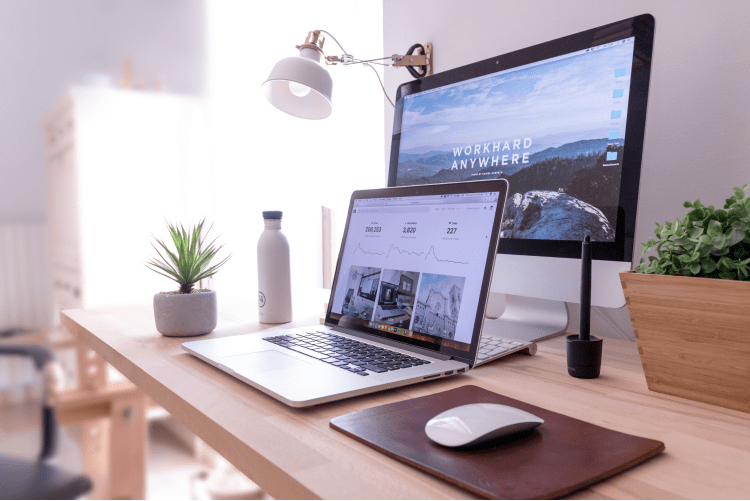The rapid evolution of employees' needs and expectations for shared workspaces has led Facility Managers to find solutions for facilities and building management and infrastructure optimization to foster collaboration, flexibility and employee well-being .This article focuses on the challenges Facility Managers face in responding to ever-changing needs. It highlights the innovative solutions they can implement to create shared spaces that meet modern expectations. Each point is illustrated by concrete examples, offering a practical perspective on these solutions.
Table of Contents
ToggleAdaptability and flexibility for facility managers
Facility managers are responsible for managing workspace. They must therefore create shared workspaces capable of adapting to the changing needs of employees and different team configurations.
WeWork, a provider of shared workspaces, has designed modular, flexible offices, enabling companies to easily adjust their spaces to suit their needs. Removable partitions, modular furniture and multifunctional zones facilitate this adaptability.
Technology integration
The integration of technology in shared spaces is essential to meet employees' expectations in terms of communication, collaboration and productivity.
Adobe's headquarters in San José, California, features shared workspaces equipped with state-of-the-art technologies, such as interactive touch screens, videoconferencing systems and real-time collaboration tools. These technologies enable employees to work together more effectively and innovatively.

Facility Managers create spaces for relaxation and well-being
Facility managers need to design shared spaces that promote employee well-being and relaxation, to improve employee satisfaction and productivity.
Google has created shared workspaces that include relaxation and wellness areas, such as meditation rooms, green spaces and sports facilities. These spaces enable employees to recharge their batteries and relax throughout the day.
Well-being at work : 60% of employees feel more motivated at work when the employer takes physical and mental well-being at the office into consideration. Expenditure on employee health problems is reduced by 25%, and the productivity of happy employees increases by 12%.
Encouraging collaboration and interaction
Shared spaces should be designed to encourage collaboration and interaction between employees, to stimulate creativity and innovation.
LEGO's head office in Billund, Denmark, has shared spaces specially designed to encourage this. Teamwork zones, brainstorming areas and informal meeting rooms enable employees to work together creatively and effectively.
Inspiring design and aesthetics
The design and aesthetics of shared spaces must be inspiring and attractive to motivate employees and reflect the company's identity.
Airbnb designed its San Francisco offices with inspiration from the accommodations offered on its platform, creating unique and inspiring shared spaces. The design of each space reflects the company's cultural diversity and identity, encouraging employees to feel connected to their mission.
Supporting teleworking and remote employees
Facility managers need to design shared spaces that take into account the needs of employees who work remotely or telecommute.
Microsoft has created "remote working hubs" in its offices, equipped with videoconferencing and online collaboration technologies, enabling employees working remotely to connect easily with their on-site colleagues. These hubs facilitate communication and collaboration between geographically dispersed teams.

Space and occupancy management by facility managers
Facility managers need to effectively manage the occupancy and use of shared spaces to guarantee their availability and accessibility. The Jooxter Jooxter has developed a space management solution based on IoT sensors and an online platform. This solution enables Facility Managers to monitor, in real time, the use of shared spaces and make informed decisions on resource allocation and office layout.
Conclusion
Reinventing shared spaces to meet changing employee needs and expectations is a major challenge for facility managers.
To create shared spaces that meet the expectations of today's and tomorrow's employees, there are many solutions. Facility managers can design flexible and adaptable adaptable spaces with inspiring design, integrate modern technologies, support telecommuting while efficiently managing space and occupancy. Collaboration and interaction between employees, as well as their well-being, are essential factors to ensure optimum productivity and a healthy, fulfilling working atmosphere.
The concrete examples presented in this article can serve as a source of inspiration for Facility Managers in their own organizations.




